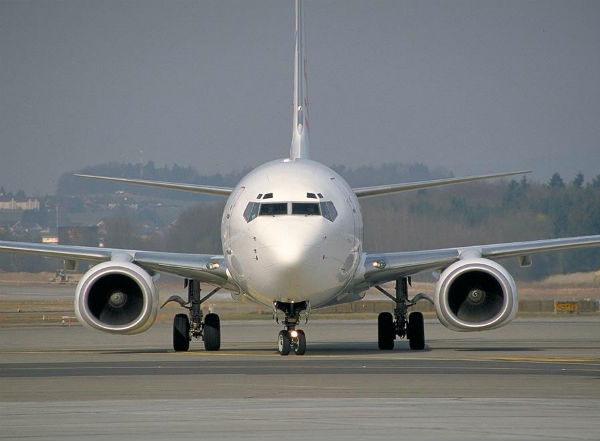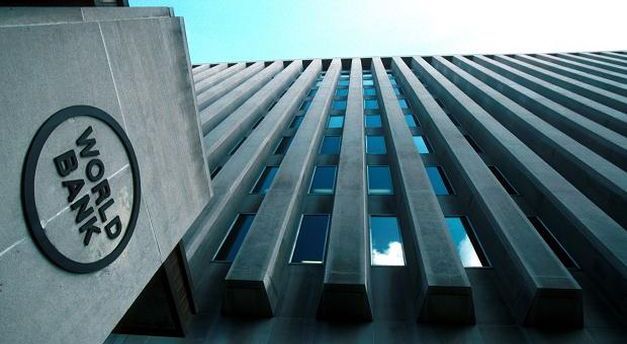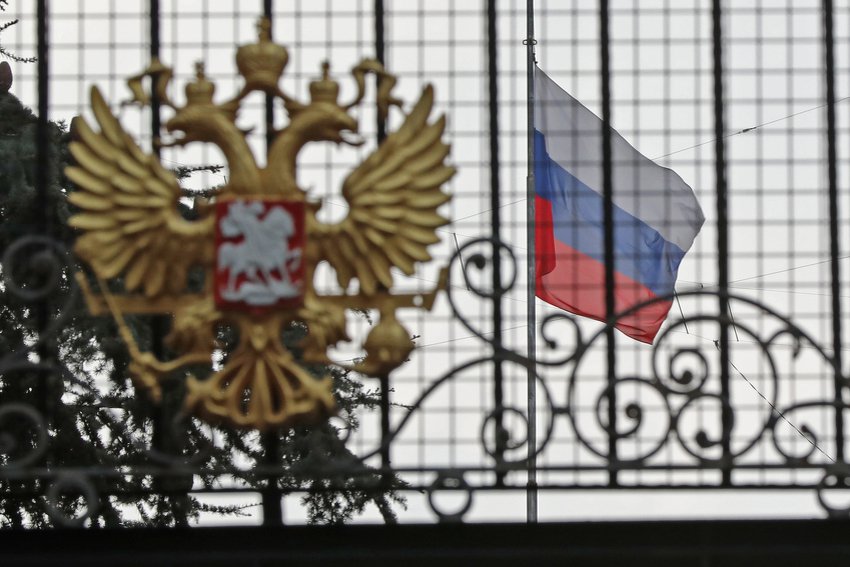Current national pledges under the Paris Agreement put the world on track for a near 3°C warming, analysis by the UN shows.
The world is racing towards 2.5 to 2.9 degrees Celsius of global warming above pre-industrial levels by 2100 – well beyond the threshold agreed by countries under the Paris Agreement, the United Nations on Monday warned.
The UN Environment Programme’s (UNEP) annual Emissions Gap report shows where global emissions are heading with countries’ current pledges compared to where they ought to be to meet the Paris targets of limiting warming to 1.5°C.
The findings revealed that to be able to have even the slightest chance of keeping this goal, countries would have to slash their emissions by 42 per cent by 2030 compared with current policy scenarios, or 28 per cent to limit warming to 2°C.
Inger Anderson, executive director of UNEP, said the findings were “hugely concerning” and even in the most optimistic scenario, the likelihood of keeping warming to 1.5°C was only 14 per cent.
“The world must change track, or we will be saying the same thing next year — and the year after, and the year after, like a broken record.”
Published just ahead of Cop28, which begins in Dubai at the end of the month, the report sets the scene for discussions as countries knuckle down to tough negotiations on putting in place more ambitious targets for the coming years.
These need to come in the form of more drastic, low-carbon transformations to their economies, Anderson said. “Governments can’t keep pledging to cut emissions under the Paris Agreement and then green-lighting huge fossil fuel projects. This is throwing the global energy transition and humanity’s future into question,” she told reporters at a press briefing.
This year’s climate summit will feature the first ever global stocktake – an assessment of progress made since the 2015 Paris Agreement, which then informs the next nationally determined contributions (NDCs), the pledges that countries commit to, for 2025-2035.
“If we look at progress on nationally determined contributions (NDCs) since Cop27, it’s very limited,” said report lead author Anne Olhoff of Denmark’s climate think tank Concito.
Only nine countries have submitted new updated NDCs since Cop27, she pointed out, which would only lower global emissions by around 0.1 giga tons of CO2 equivalent by 2030. Based on current NDCs, the emissions gap in 2030 would be 14 billion tons of CO2 for the 2°C target.
Global greenhouse gas emissions increased by 1.2 per cent from 2021 to 2022, the report showed. This year is set to be the hottest ever on record, with 86 days surpassing temperatures of over 1.5°C above pre-industrial levels.
UN secretary general Antonio Guterres said the emissions gap “is more like an emissions canyon. A canyon littered with broken promises, broken lives, and broken records.”
He urged leaders ahead of the summit to take drastically up their game with “record ambition, record action, and record emissions reductions.”
“The next round of national climate plans will be pivotal. These plans must be backed with the finance, technology, support and partnerships to make them possible.”, Geneva Solutions reports.
Photo: Times of Malta

















